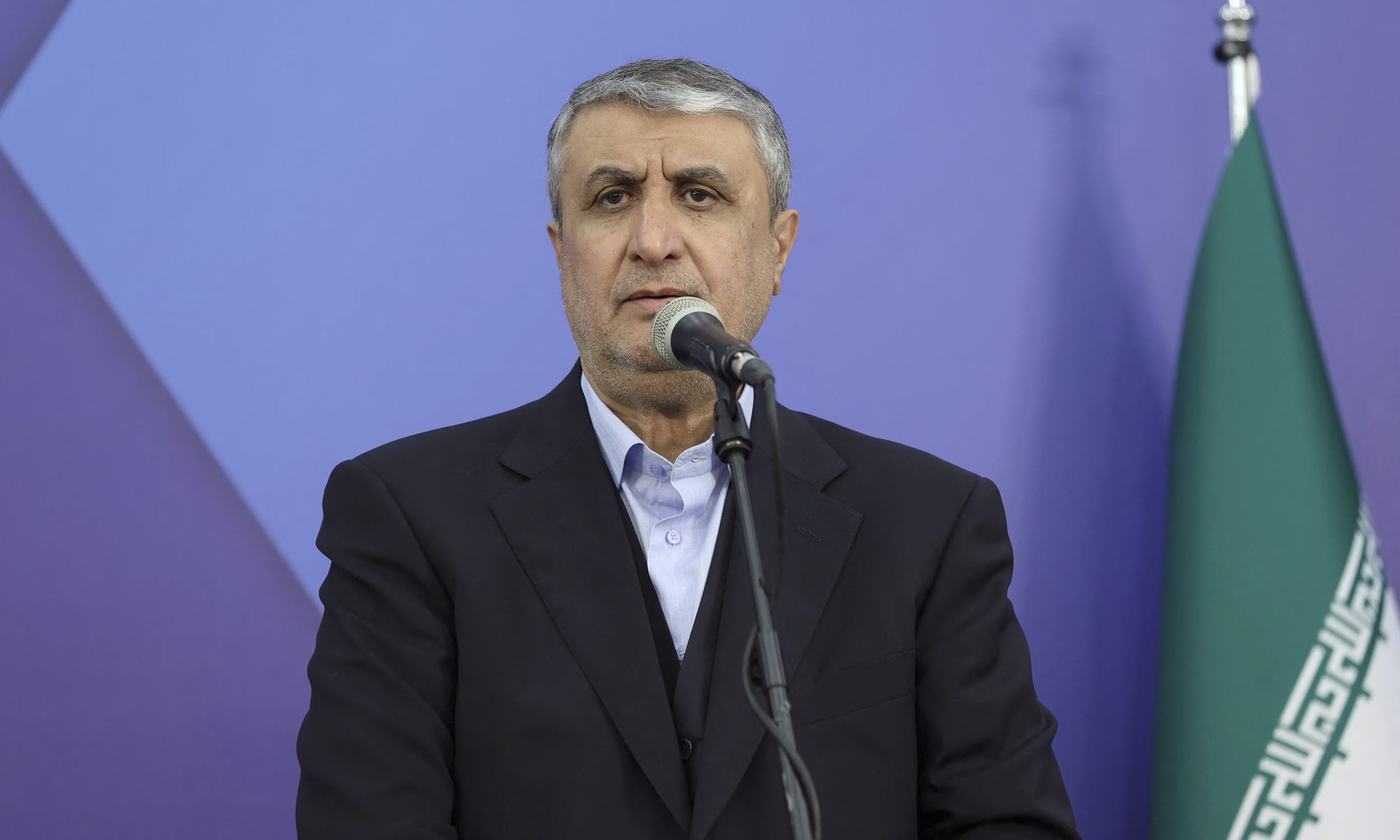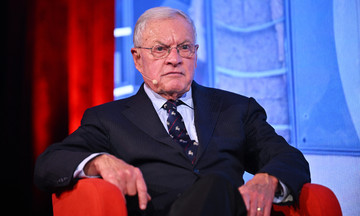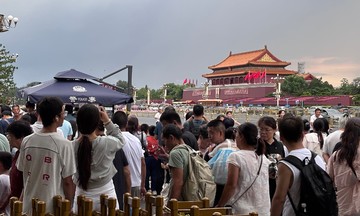"We have taken the necessary measures and are assessing the damage caused by the airstrikes," Mohammad Eslami, head of the Atomic Energy Organization of Iran, announced today on national television.
"The plan to restart nuclear facilities was prepared in advance. The strategy is to ensure our nuclear programs and industries are not interrupted," he added.
 |
Mohammad Eslami, head of the Atomic Energy Organization of Iran, speaks at a press conference in Tehran, 11/2024. Photo: Reuters |
Mohammad Eslami, head of the Atomic Energy Organization of Iran, speaks at a press conference in Tehran, 11/2024. Photo: Reuters
On 21/6, the US launched airstrikes on three key Iranian nuclear facilities: Fordow, Natanz, and Isfahan. Seven bunker-buster bombs were dropped on the Fordow facility, known as the "nuclear fortress" due to its location deep inside a mountain. The US claimed the facilities suffered significant damage.
However, Iran is believed to have relocated equipment and enriched uranium from these key locations before the attacks.
Before the conflict between Israel and Iran erupted, Behrouz Kamalvandi, spokesperson for the Atomic Energy Organization of Iran, also revealed that equipment at Fordow and Isfahan had been moved as a precaution against Israeli airstrikes.
An advisor to Supreme Leader Ayatollah Ali Khamenei affirmed that Iran still has enriched uranium reserves and "the game is not over".
When asked about the fate of Iran's 400 kg of highly enriched uranium, US Vice President JD Vance told ABC News on 23/6 that the administration would "do something with this fuel in the coming weeks and engage in dialogue with Iran".
In another interview with Fox News, Vance said Iran's uranium stockpile might be hidden beneath the three nuclear facilities the US attacked.
"Our goal was to bury the uranium, and I believe the uranium has been buried," he said, adding that the US also wants to disable Iran's ability to convert enriched fuel into nuclear weapons.
On 13/6, Israel attacked Iran, targeting nuclear facilities and killing several high-ranking Iranian military commanders, sparking conflict between the two countries. Tel Aviv claimed it carried out the airstrikes as part of Operation Roaring Lion to prevent Tehran from advancing its nuclear program.
President Trump announced on 24/6 that Iran and Israel had reached a ceasefire agreement. "With the assumption that things go exactly as planned, and they will, I congratulate both countries, Israel and Iran, on having the stamina, courage, and wisdom to end what should be called the '12-Day War'," he wrote on Truth Social.
According to the initial announcement from President Trump, the ceasefire agreement would be implemented in stages, starting at approximately 4h GMT on 24/6 (11h on 24/6 Hanoi time). Iran would implement it first, followed by Israel.
Israel and Iran also confirmed the information, but shortly after the ceasefire took effect, both countries accused each other of violations.
Vu Hoang (According to AFP, CNN, Reuters)












